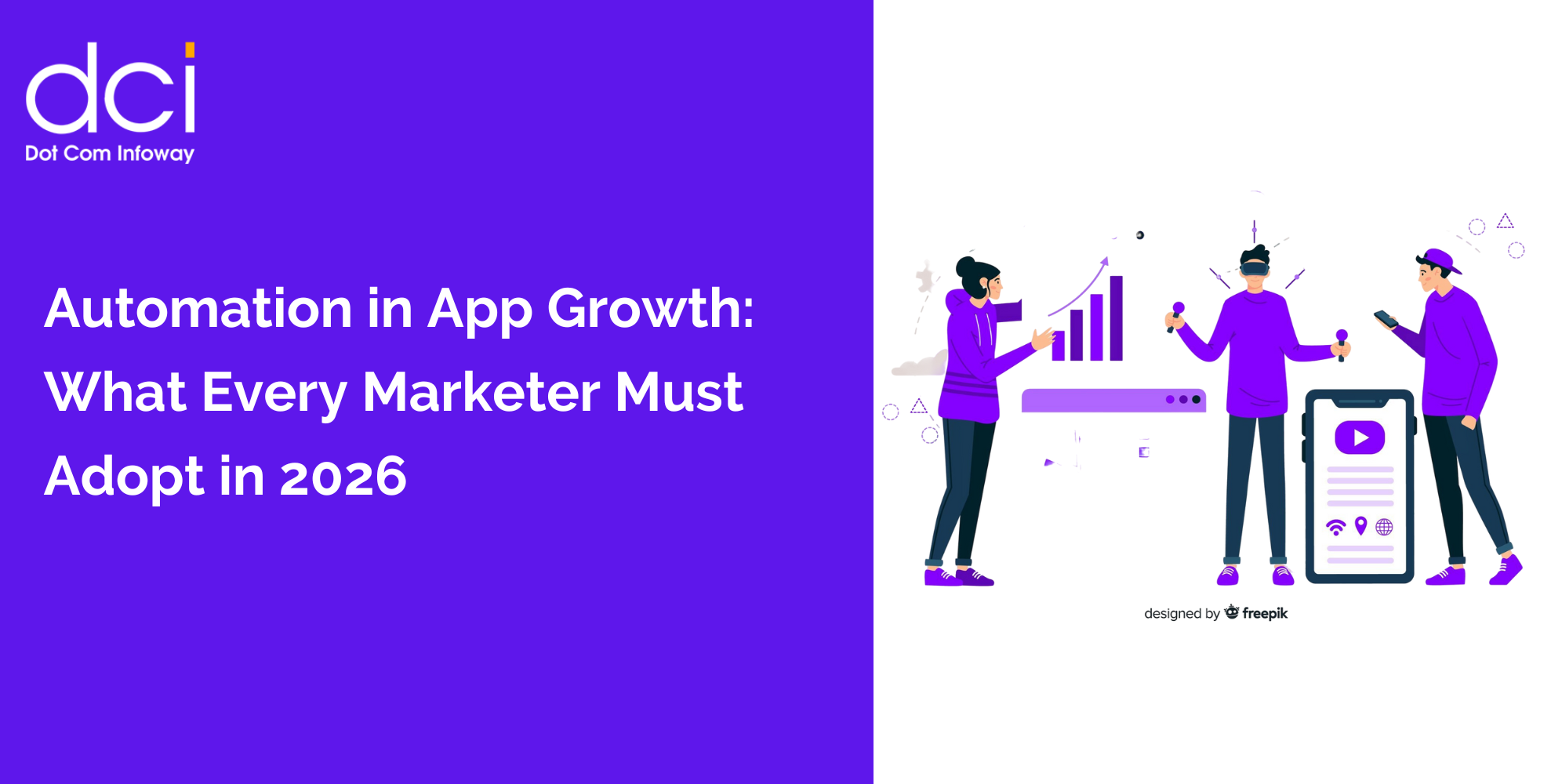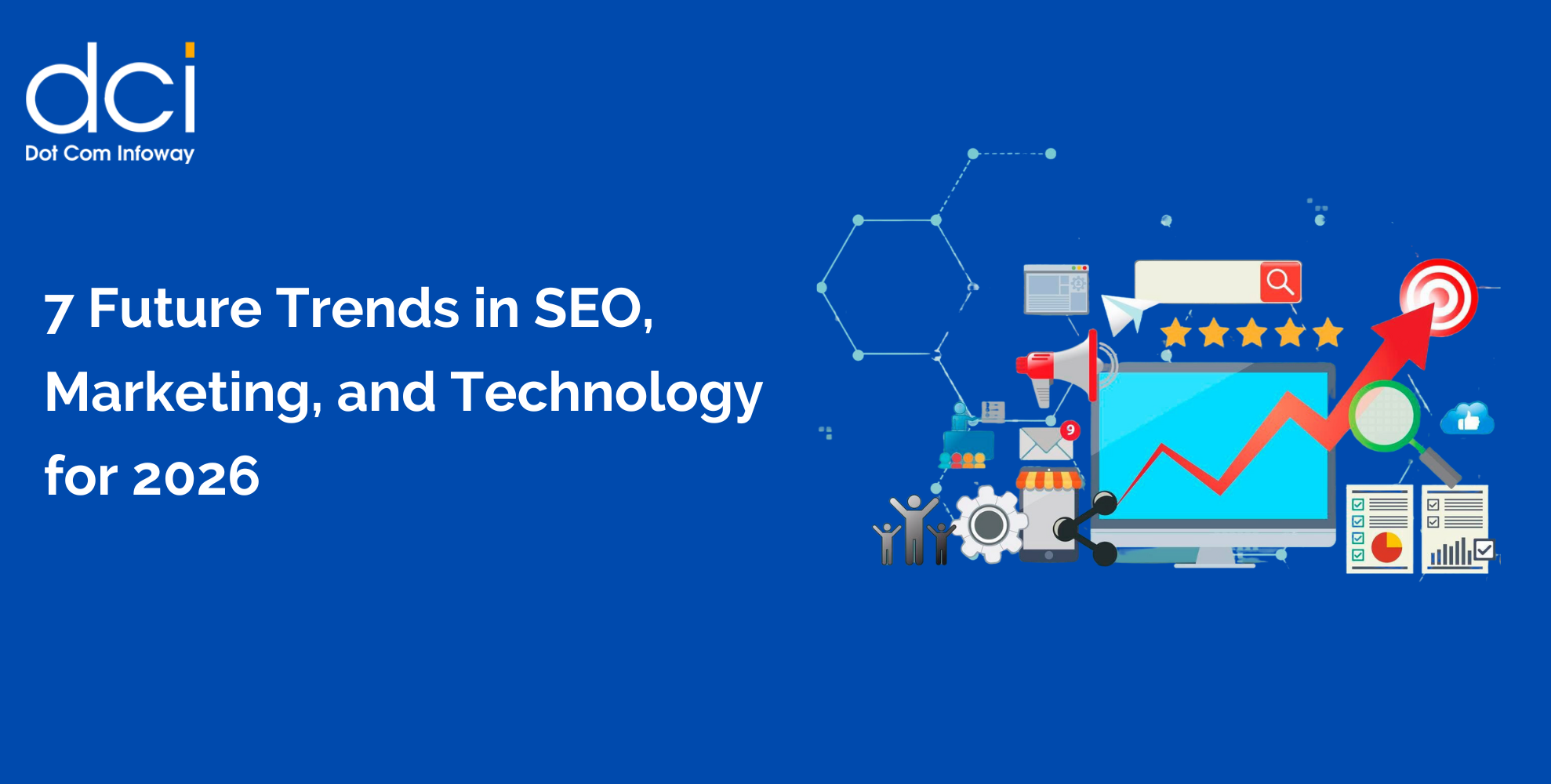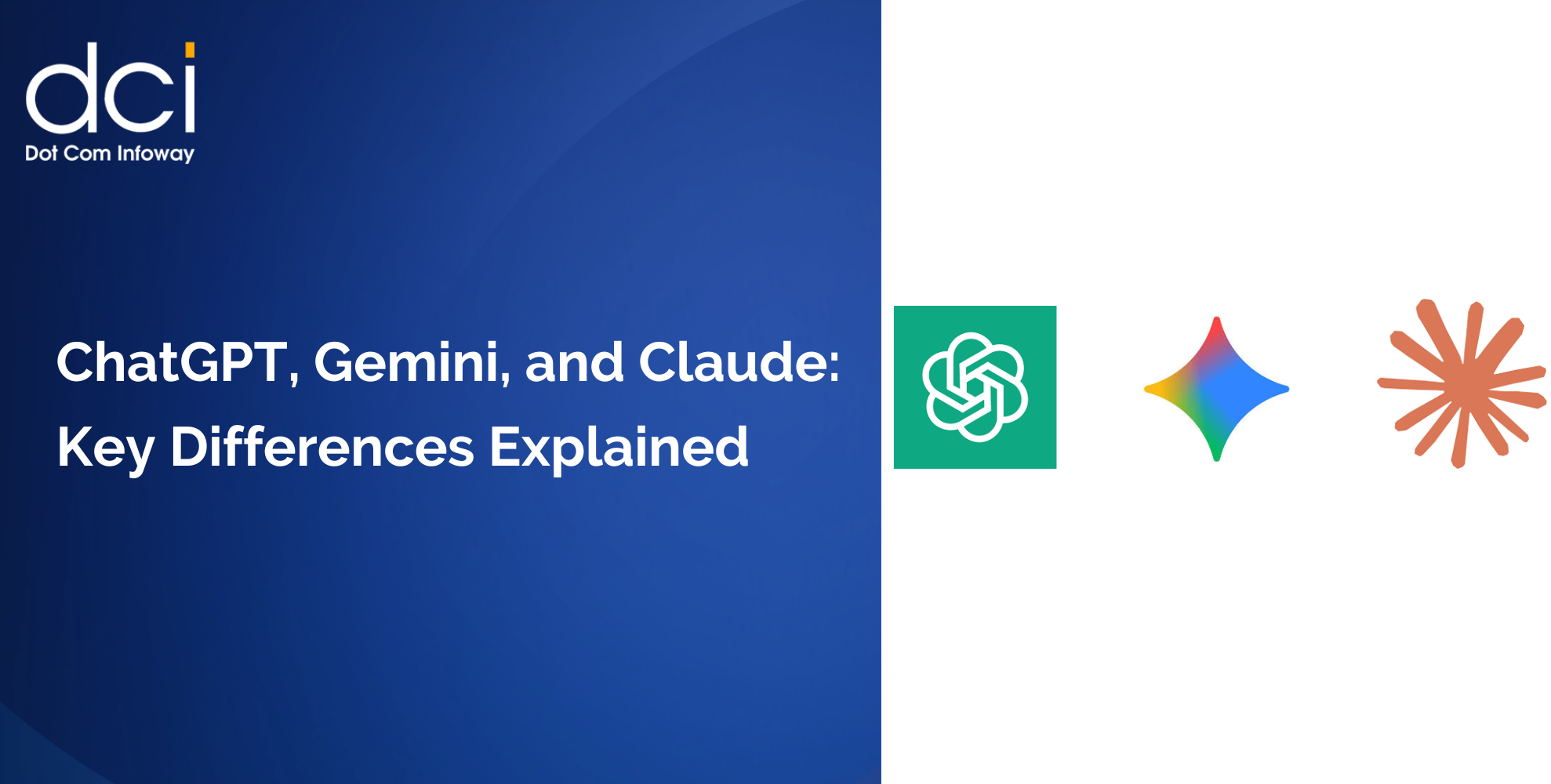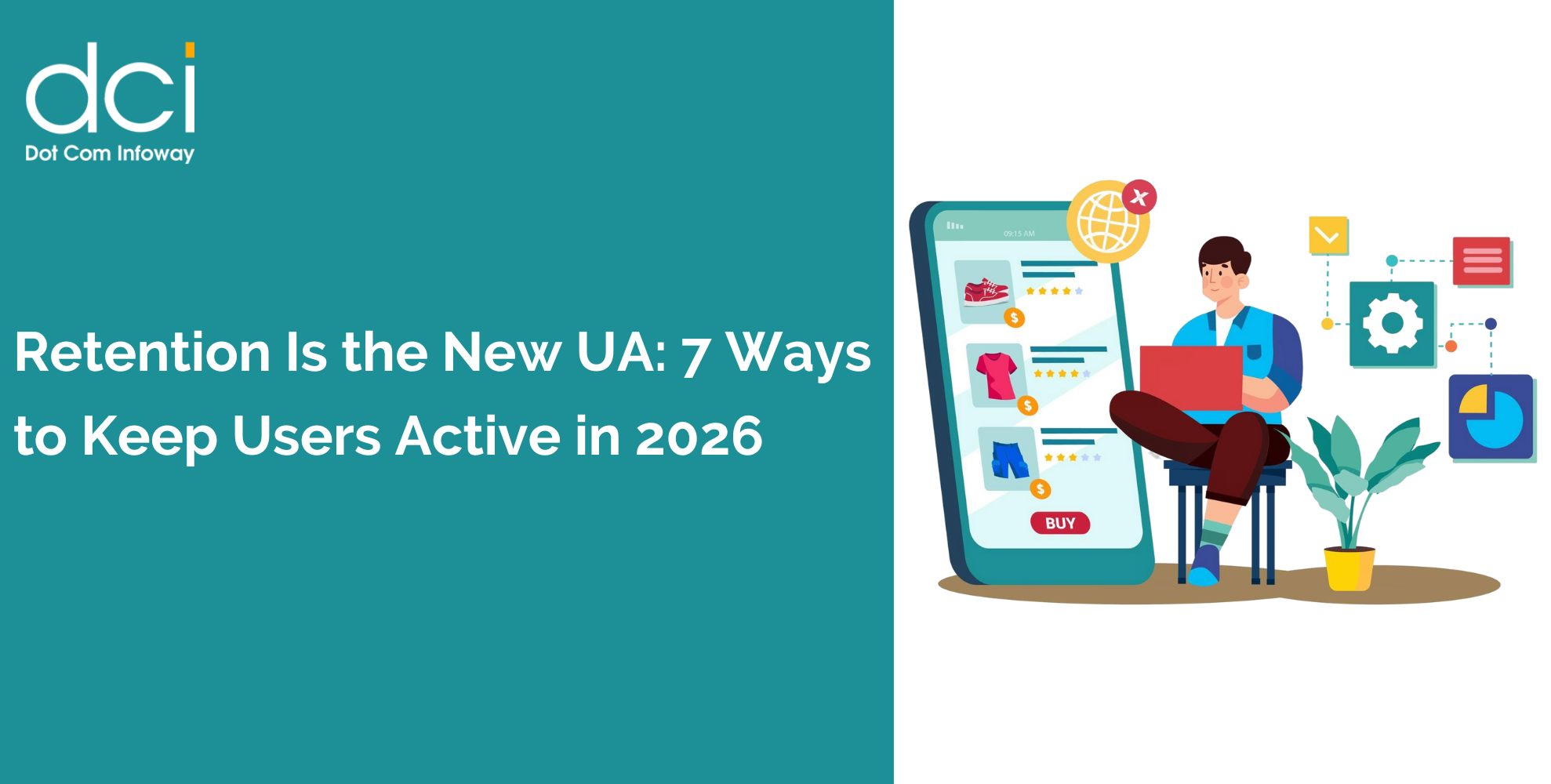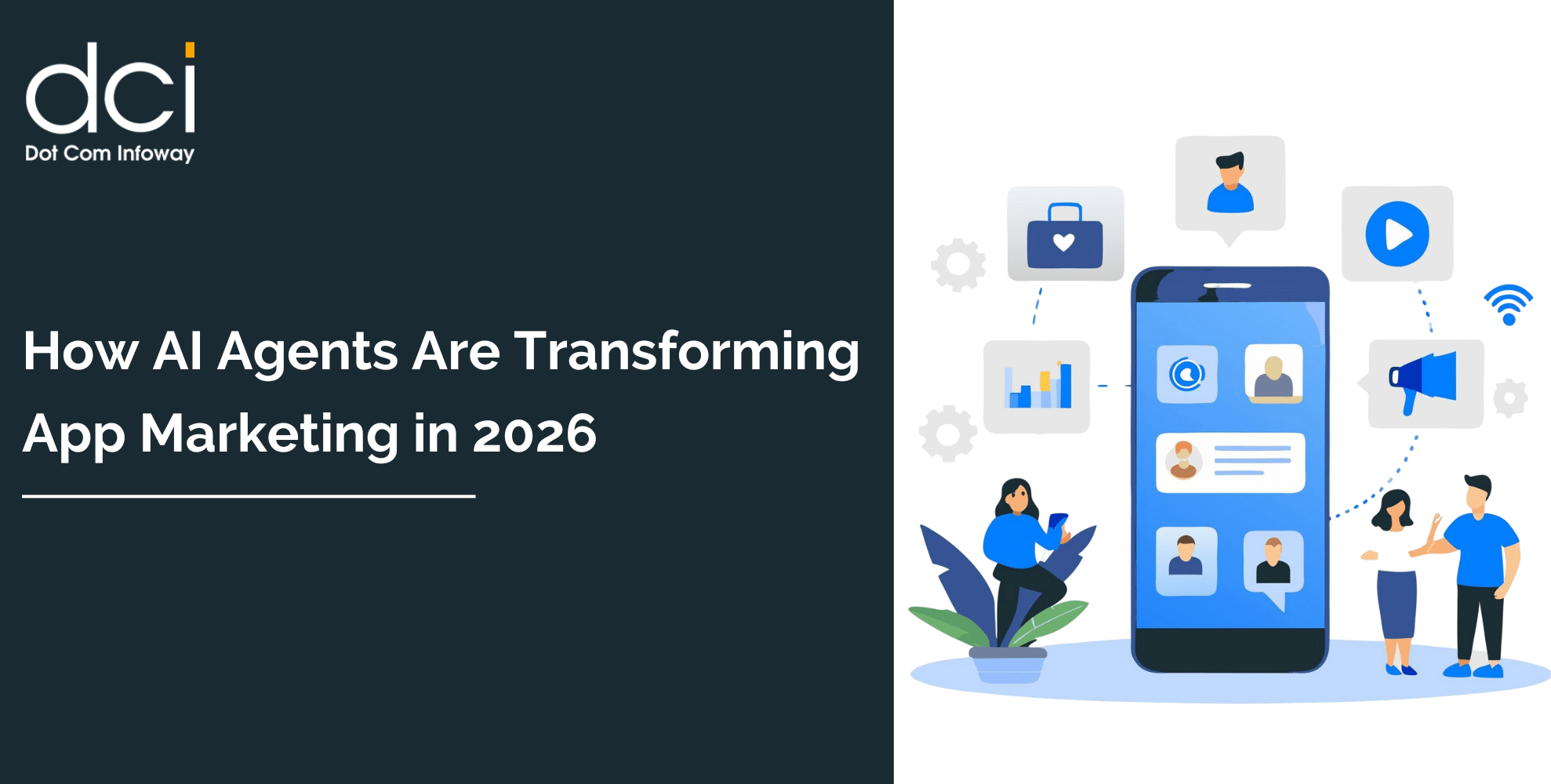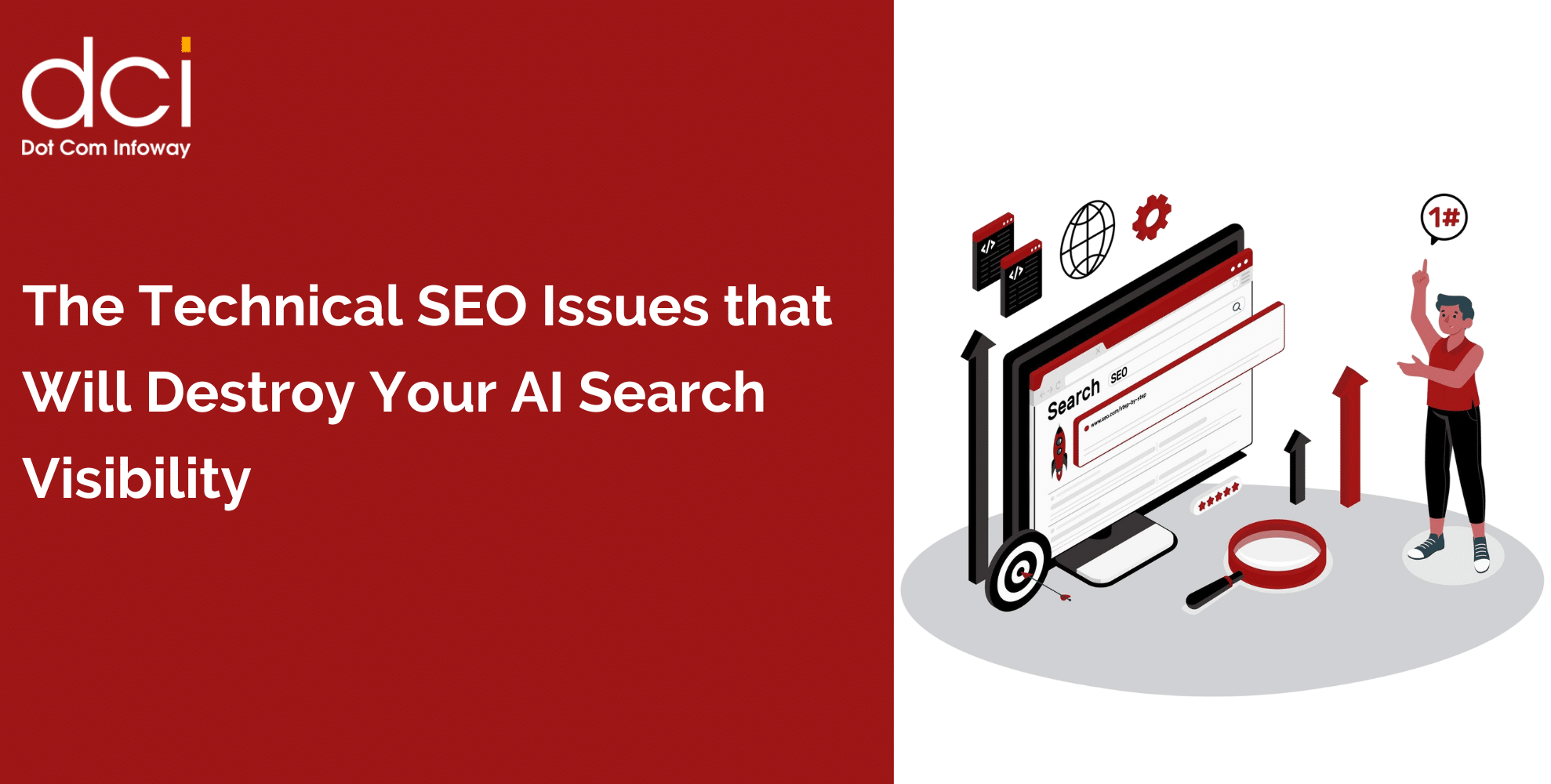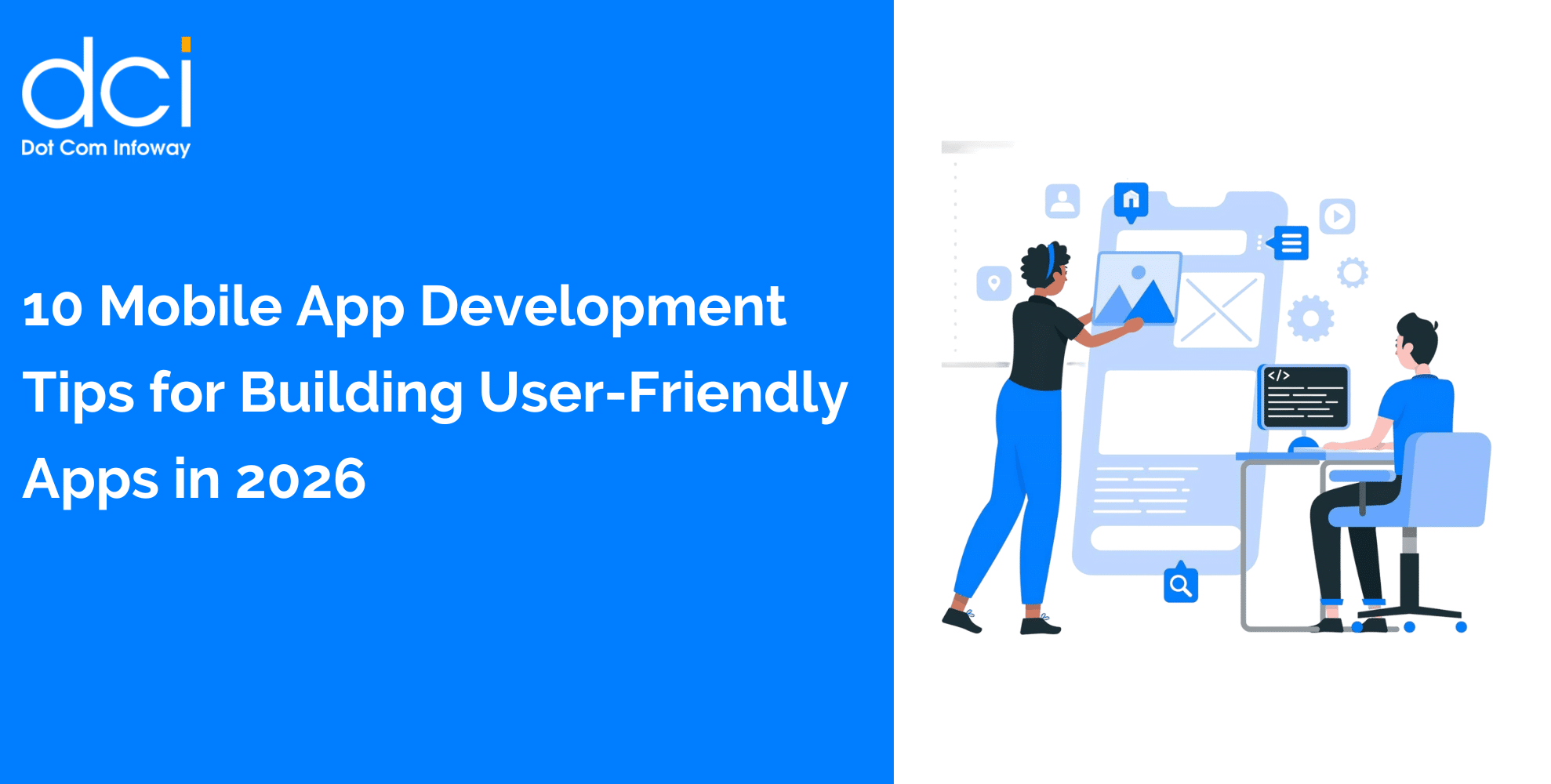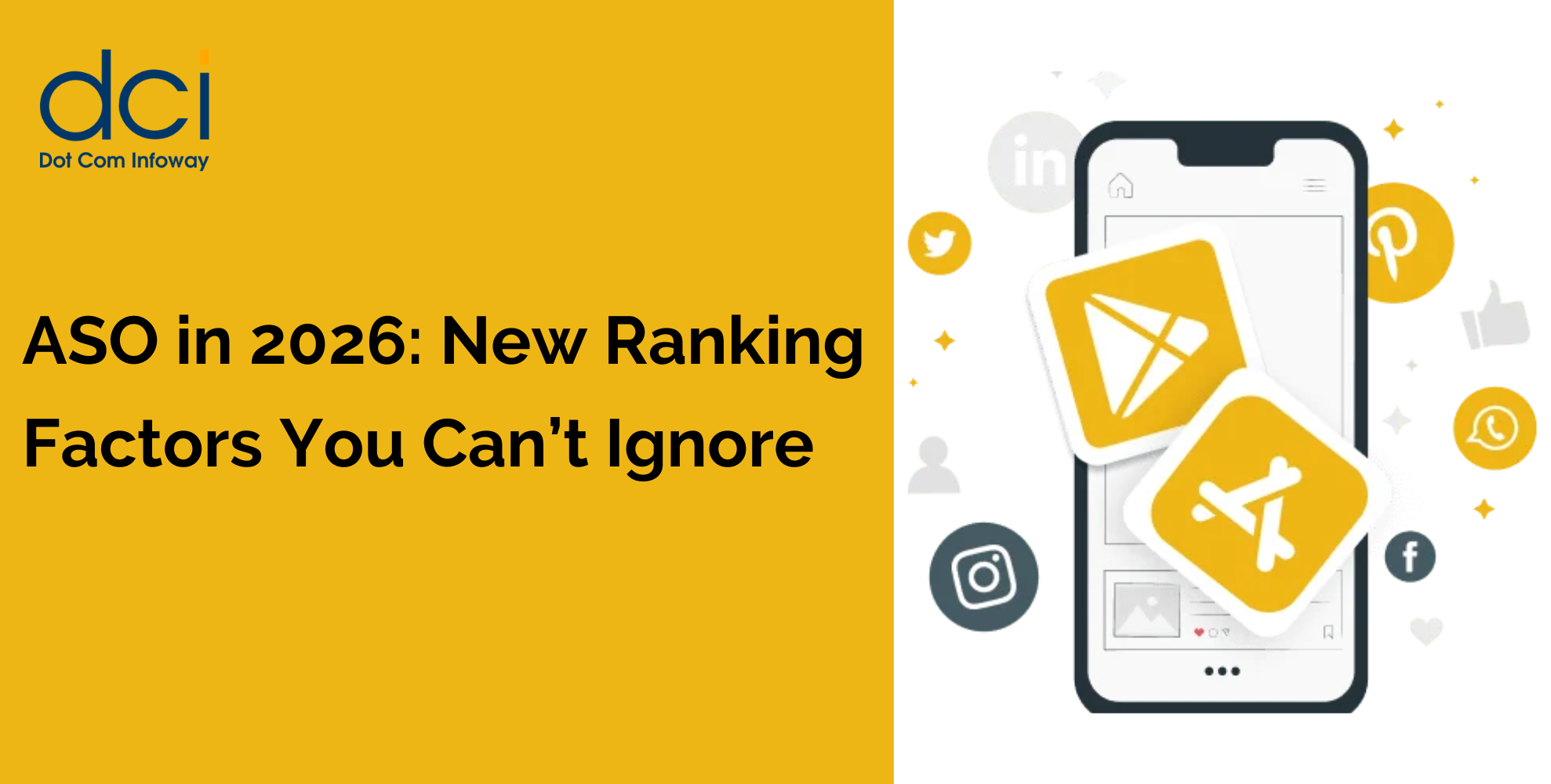Overcoming Implementation Challenges
Despite their transformative potential, AI agents introduce new classes of risks and challenges that organizations must address proactively.
Managing Costs Effectively
Initial implementation often requires significant upfront investment in software, infrastructure, and training. Organizations can mitigate this through scalable pricing models, government grants, tax incentives, and strategic partnerships. Starting small with select tasks before scaling helps manage expenses while demonstrating value.
Ensuring Data Security and Compliance AI agents rely on vast amounts of data, raising concerns about privacy and regulatory compliance. Strong data governance policies, encryption, access controls, and regular security audits are essential for maintaining trust while ensuring compliance with industry regulations.
Maintaining Proper Oversight
While AI agents can work autonomously, they require continuous human oversight to refine decision-making, correct errors, and ensure alignment with business goals. Regular audits, feedback loops, and team training help optimize agent performance while minimizing risks.
The Architectural Foundation: Building for Scale
Successful AI agents implementation requires more than just deploying individual solutions – it demands a fundamental architectural shift. McKinsey research identifies the need for an “agentic AI mesh” – a composable, distributed, and vendor-agnostic framework that enables multiple agents to collaborate across systems securely and at scale.
This architectural paradigm includes five critical design principles:
- Composability for seamless integration
- Distributed intelligence for networked collaboration
- Layered decoupling for maximum modularity
- Vendor neutrality to avoid lock-in
- Governed autonomy with embedded policies and controls
Strategic Implementation Framework
Organizations seeking to capitalize on AI agents must fundamentally reshape their transformation approach across four dimensions:
Strategy Alignment
Move beyond scattered tactical initiatives to strategic programs directly aligned with critical business priorities. This means translating operational efficiency, customer intimacy, and compliance goals into AI-addressable transformation domains.
Process-Centric Focus
Shift from use-case optimization to end-to-end business process reinvention. The question changes from “Where can I use AI in this function?” to “What would this function look like if agents ran 60% of it?”
Cross-Functional Delivery
Replace siloed AI teams with cross-functional transformation squads including business domain experts, process designers, AI engineers, IT architects, and data engineers working in integrated teams.
Industrialized Implementation
Transition from experimentation to scalable delivery models designed from the outset for enterprise deployment, including system integration, monitoring, and cost optimization.
Building Organizational Readiness
The shift to AI agents requires comprehensive organizational preparation across four critical dimensions:
Workforce Development
Equip teams for human-agent collaboration through cultural change initiatives, targeted training programs, and support for early adopters as internal champions. New roles like prompt engineers, agent orchestrators, and human-in-the-loop designers become essential.
Governance Frameworks
Establish strong governance to prevent uncontrolled agent sprawl while ensuring appropriate autonomy levels, decision boundaries, and audit mechanisms. Classification systems grouping agents by function enable appropriate oversight models.
Technology Infrastructure
Build foundations for interoperability and scale by evolving from LLM-centric setups to comprehensive agentic AI architectures supporting both custom-built and off-the-shelf solutions.
Data Excellence
Accelerate data productization and address quality gaps in unstructured data. AI for business intelligence depends on high-quality, accessible enterprise data managed through reusable data products rather than use-case-specific pipelines.
The CEO Imperative: Leading Transformation
The rise of AI agents represents a strategic inflection point requiring CEO-level leadership to navigate successfully. This pivot involves three critical actions:
Concluding Experimentation
Conduct structured reviews to capture lessons learned, retire unscalable pilots, and formally close exploratory phases. Refocus efforts on strategic AI programs targeting high-impact domains and processes.
Redesigning Operations
Establish strategic AI councils involving business leaders, CHROs, CDOs, and CIOs to oversee direction-setting, coordinate investments, and implement value-tracking mechanisms tied to business outcomes.
Launching Lighthouse Projects
Kick off select high-impact agentic transformations in core business areas while simultaneously building foundational technology infrastructure, data quality, governance frameworks, and workforce readiness.
The Future of Sustainable Business Growth
AI agents are not just another technological evolution – they represent the foundation of next-generation operating models. Companies like Moderna are already making structural changes, merging HR and IT leadership to signal that AI is no longer just a technical tool but a workforce-shaping force.
Organizations that successfully implement AI agents will gain more than operational efficiency. They’ll achieve true competitive differentiation through:
- Unprecedented operational agility and responsiveness
- Personalized customer experiences delivered at scale
- New revenue streams previously impossible to implement
- Sustainable cost advantages through intelligent automation
- Data-driven decision making enhanced by continuous learning
The transformation potential is clear, but it requires commitment to fundamental change rather than incremental improvements. As the technology continues maturing and competitive pressures intensify, the window for strategic advantage through AI agents remains open – but won’t remain so indefinitely.

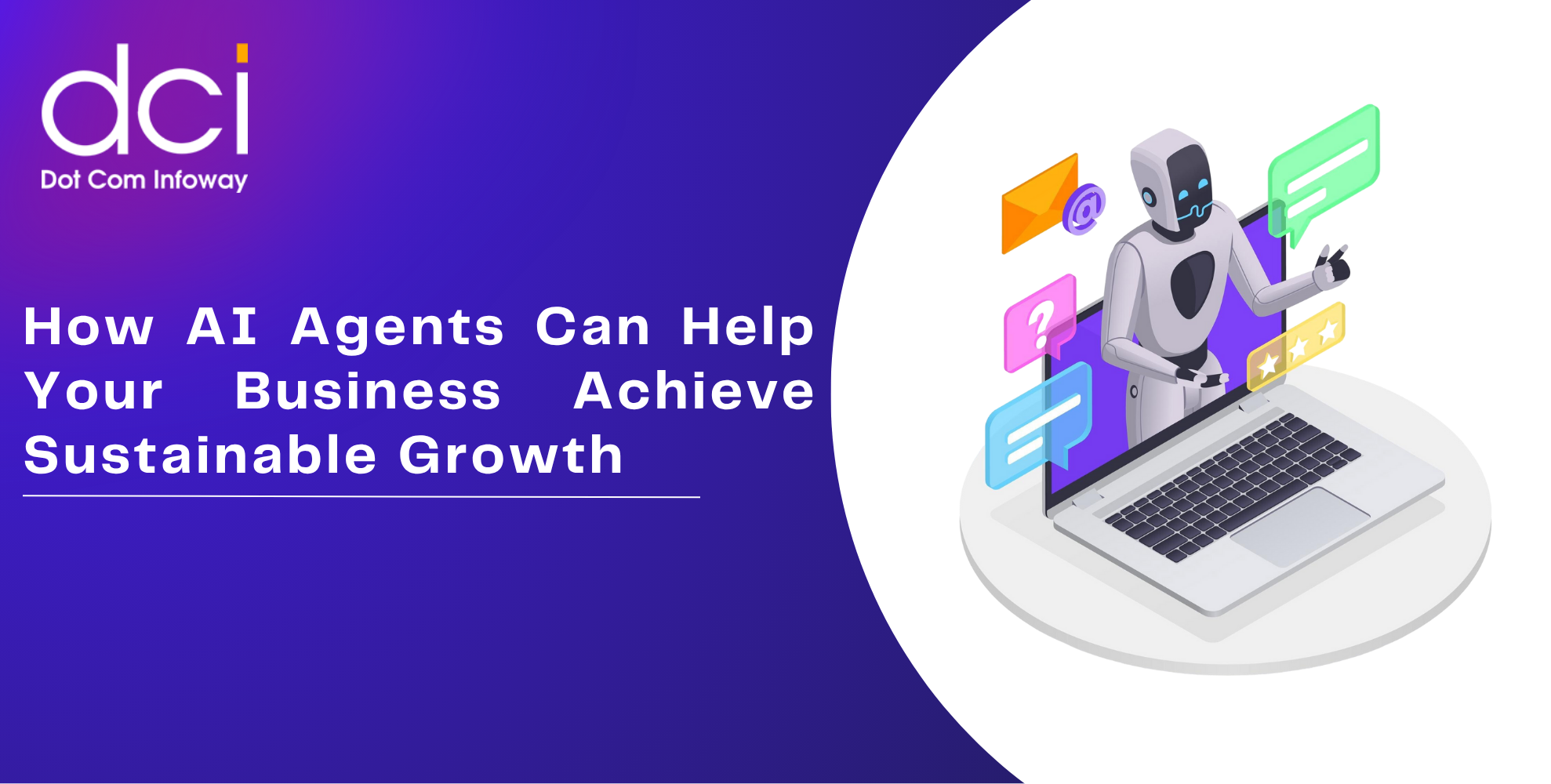



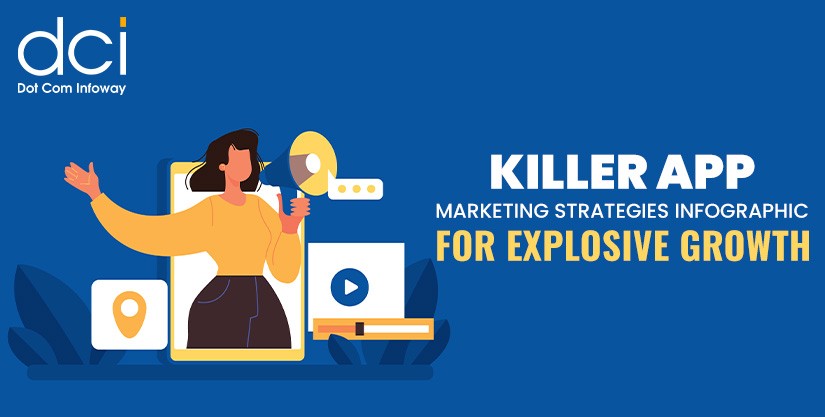

![The Game Marketing Guide: Pre and Post-Launch Strategies [Infographic]](https://www.dotcominfoway.com/wp-content/uploads/2023/09/DCI-Game-Marketing-blog-1.jpg)
